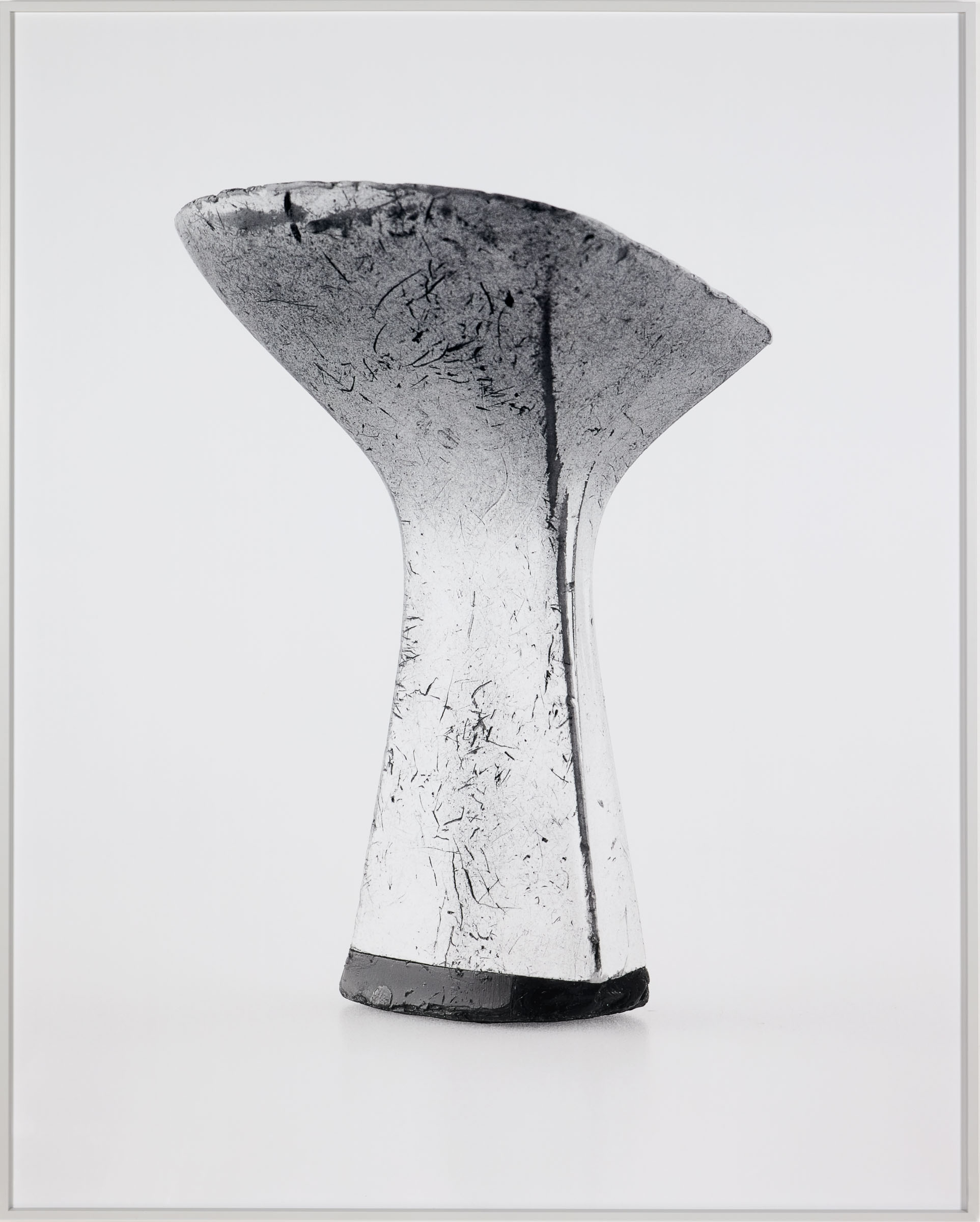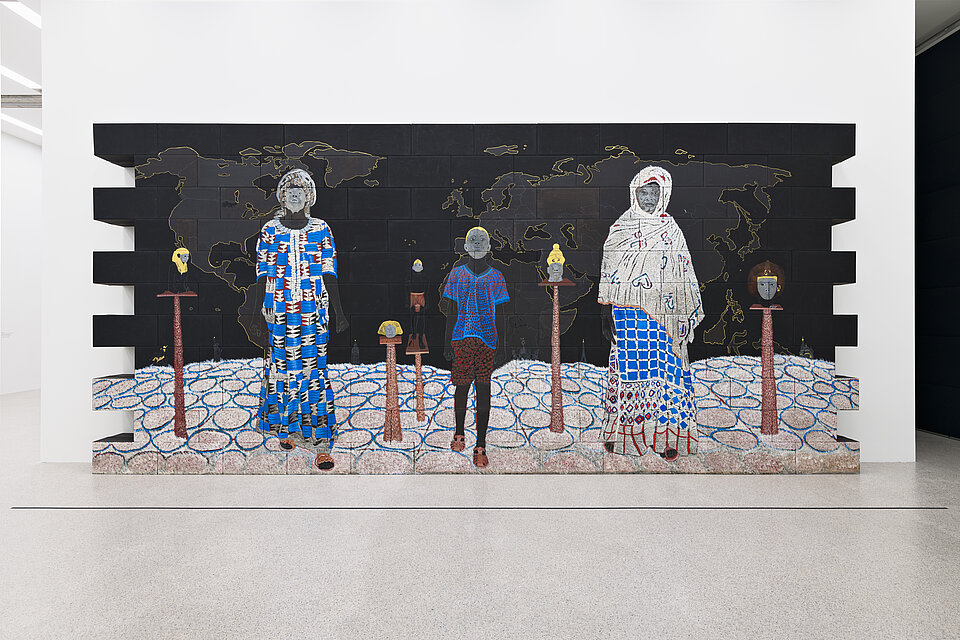I was immediately drawn to Diedrick Brackens' carpets. Having grown up in Istanbul, our Turkish carpets are not woven but knotted. Yet, the expensive, exquisite ones are just as thin as these woven ones. Equally beautiful!! Each carpet tells a story, unfortunately only a few can read them here. These carpets are also music – I can hear them well. I've taken a lot of women to the museum, who thought beforehand, as I did, that they had more important things to do and what does it mean anyway. But when I explained to them, what I had learnt, these women all found something in their minds, art heals so much.
So again, I come from Istanbul, I can also say, from the golden Byzantium – doesn't that sound good? My own story is almost like back then:
For example: Emperor Otto the first wanted to marry off his son well and sent an ambassador to Byzantium to do so. The emperor there, Nikephoros Phokas, who saw himself as the only true emperor, had nothing but derision for him. He laughed at the ambassador and humiliated him wherever he could. But Otto did not give up. The next emperor in Byzantium finally sent him his niece Theophanu to the German Empire for his son Otto II.
I was sent to Austria at the age of 14. My husband also waited for me here. I hope for Theophanu that Adelheid has learned more from her own youth and was nicer to her than my mother-in-law. But Theophanu was an incredibly strong woman. Within my limits, I follow her example. At first, I did this in my small private environment. After difficult years spent learning, I expanded my circle and joined women who had a similar story and just as much strength. Now I work with great joy in a women's collective. For the empowerment of women, for education, democracy, and equality.
I came to realize that the culture in my country – even if the political situation, has become more difficult – was much older, much more thoughtful, and simply more civilised. People who say they are a "resident" in Vienna and their freedom is in danger due to migration are not civilized. I have experienced a lot of rejection, mistrust, humiliation, and exclusion. As long as I showed my hair, they were too black, since I wear a hijab, it's too colourful. Our women's collective advocates for an open relationship between cultures; we want a new social contract. A contract that is negotiable. A contract that allows for the inclusion of new topics and the exclusion of old ones. Content should be discussed by everyone, not intimidated by a few outsiders. We weave cultures together like Brackens weaves his carpets.
That's art! Art for Austria.


